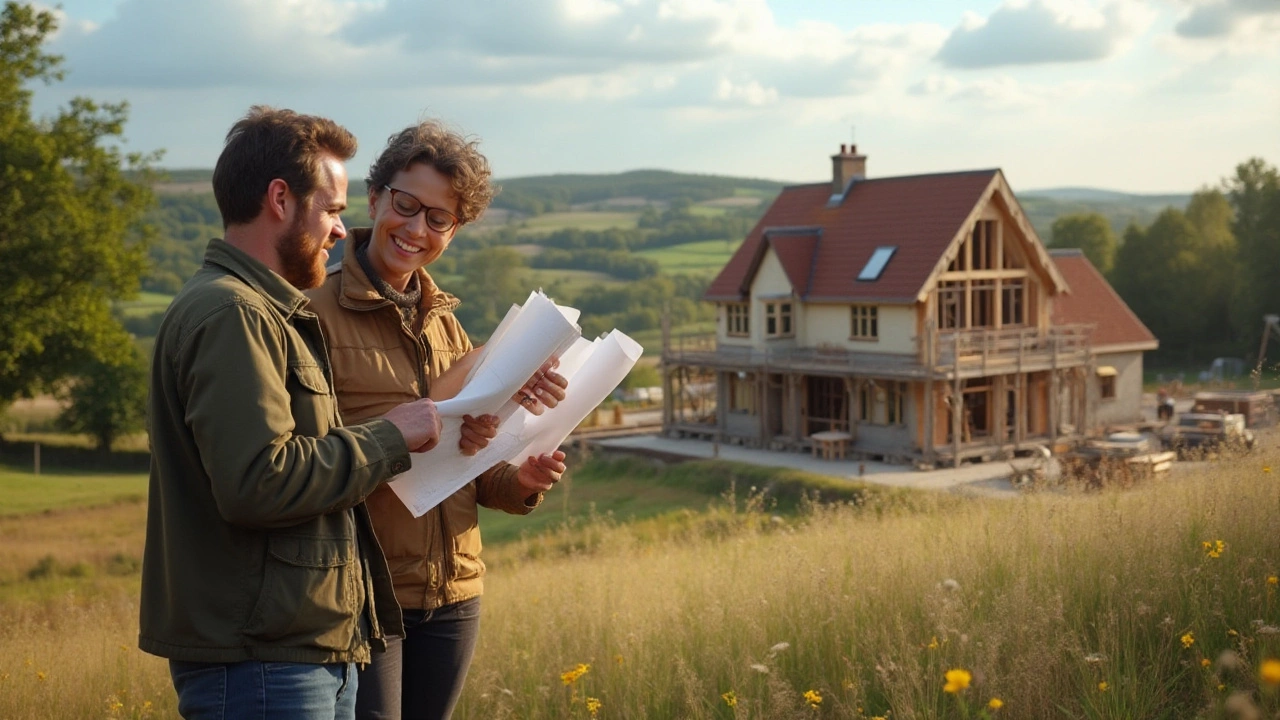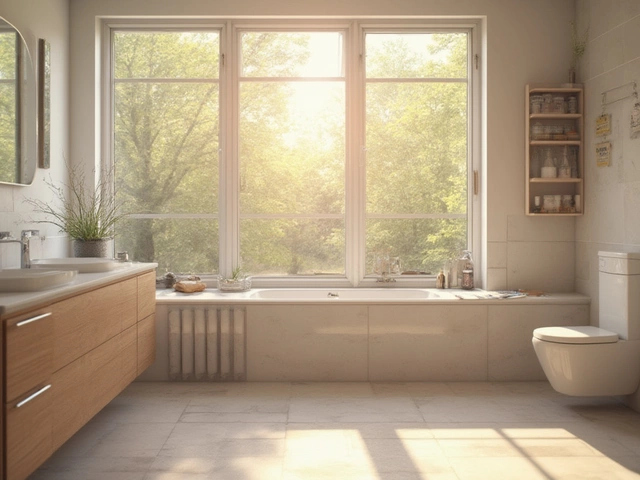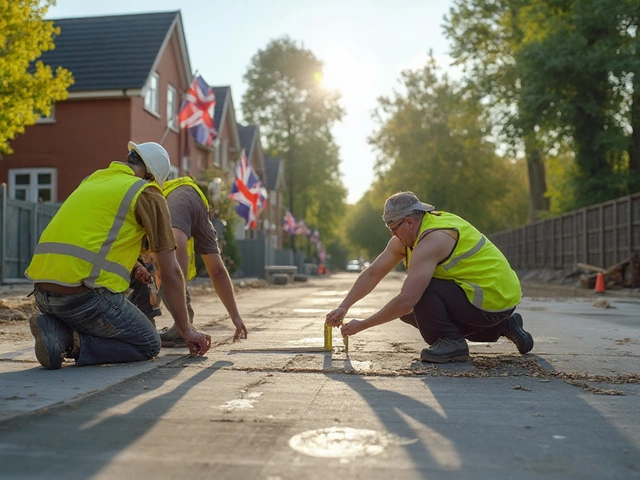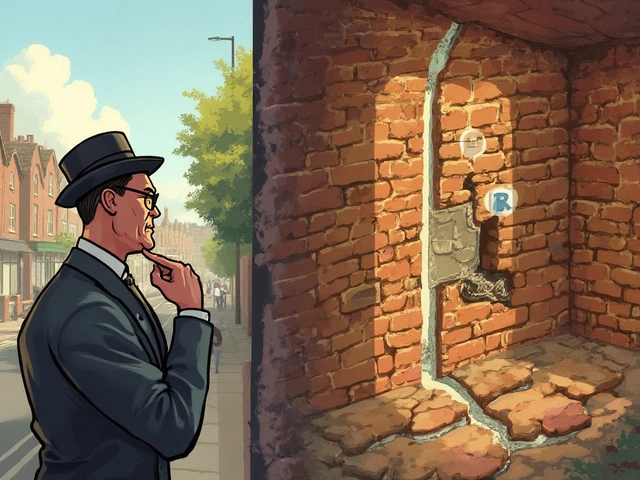Building a House: What You Need to Know Before You Break Ground
Thinking about building your own home? It can feel overwhelming, but breaking the process into bite‑size steps makes it doable. The biggest headaches usually start at the foundation, so get that right and the rest falls into place.
First, check the soil. Clay, sand, or chalk reacts differently, and a local geotechnical report will tell you if you need extra drainage or deeper footings. Skipping this step can lead to cracks later, and fixing a cracked foundation costs a lot more than planning for it.
Foundation First: Spot the Red Flags Early
Watch for signs like uneven floors, doors that stick, or cracks bigger than a hairline. If you see any of these, call a structural engineer before you pour concrete. A professional will advise whether a simple patch, waterproofing, or a full replacement is needed.
DIY foundation repair works for minor issues – epoxy injections for small cracks or re‑grading the yard to improve drainage. Anything that moves the house or widens gaps needs a pro. The cost difference can be huge, so weigh the risk before you grab a toolbox.
When you’re ready to pour, follow the 345 rule: keep layout angles at 90°, measure distances twice, and double‑check levels. It sounds simple, but many new builds skip the double‑check and end up with uneven walls that cost time to fix.
Roofing & Finishing Touches: Protect Your Investment
Once the walls are up, the roof becomes your house’s shield against weather. Choose a material that matches your climate – slate for durability, asphalt for budget, or metal for low maintenance. Ask the roofer how they charge per square; hidden fees can pop up if the pitch is steep or the material is exotic.
Negotiating the roof price is easier than you think. Get three quotes, compare the breakdown, and ask for a discount if you’re flexible on timing. Many contractors lower rates in the off‑season, so plan accordingly.
Don’t forget waterproofing. A well‑ventilated roof deck and proper flashing prevent water from sneaking into the attic, which can cause mold in new builds. Mold isn’t just an eyesore; it hurts indoor air quality and can lower your home’s value.
While you’re on the interior, think about flooring. Durable options like engineered wood or porcelain tiles hold up better in high‑traffic areas and add resale value. Budget‑friendly laminates look good now but may need replacement sooner.
Finally, double‑check what’s included in your new‑build contract. Some builders throw in fixtures, others charge extra for cabinets or landscaping. Knowing the fine print helps you avoid surprise costs after the hard work is done.
Building a house isn’t a sprint; it’s a marathon with many checkpoints. Keep an eye on the foundation, plan roofing wisely, and stay on top of contract details. Follow these basics and you’ll save money, avoid stress, and end up with a home that stands strong for years.
Disadvantages of Building Your Own Home: What to Consider

Building a new home from scratch can be an exciting adventure, but it comes with its own set of challenges and drawbacks. Potential homeowners must be prepared for potential budget overruns, unexpected delays, and emotional stress that can accompany the building process. Additionally, dealing with complex regulations and choosing the right location are crucial factors that can impact the project's success. Taking these cons into account can help individuals make informed decisions about pursuing their dream home. Be aware of the pitfalls to effectively navigate the path of new home construction.
read more



